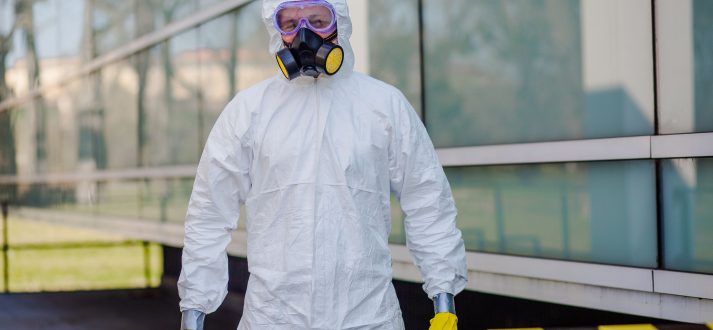Crime scenes are distressing and often leave a haunting aftermath requiring specialized attention. Crime scene cleaning is vital in restoring the affected environment and helping individuals and communities heal. It involves meticulous cleaning, disinfection, and restoration of areas where traumatic events have occurred. This article will explore the importance of cleaning crime scenes and how they can transform tragedy into hope.
When a crime occurs, whether a violent incident, accident, or suicide, the scene is left with biological and hazardous materials that can pose serious health risks. The responsibility of cleaning crime scenes professionals is to restore these areas to a safe and habitable condition, ensuring the removal of all traces of the event.
The Role of Crime Scene Cleaning Professionals
Crime scene cleaning professionals are highly trained individuals who specialize in properly handling and cleaning biohazardous materials. Their role extends beyond simply cleaning the physical space. They provide emotional support and understanding to affected individuals during the process, recognizing the trauma they have experienced.
Ensuring Safety: Protective Measures and Equipment
Crime scene cleaning necessitates adherence to strict safety protocols. Professionals wear personal protective equipment (PPE) to shield themselves from potentially infectious materials and chemicals. This includes gloves, masks, goggles, and full-body suits. By taking these precautions, they minimize the risk of cross-contamination and exposure.
Comprehensive Cleaning Procedures
Crime scene cleaning involves a systematic and thorough approach. Professionals meticulously clean and disinfect all affected surfaces, ensuring the removal of blood, bodily fluids, and other biohazards. They utilize specialized cleaning agents and equipment designed to effectively sanitize the area.

Biohazard and Bloodborne Pathogen Removal
One of the primary objectives of crime scene cleaning is the safe removal and disposal of biohazardous materials. Bloodborne pathogens, such as HIV and hepatitis, can survive outside the body for extended periods, posing severe health risks. Crime scene cleaning professionals follow industry guidelines to eliminate these hazards and prevent their spread.
Odor Elimination and Deodorization
Unpleasant odors often linger at crime scenes due to decomposition and other factors. Crime scene cleaning professionals employ specialized techniques to neutralize and eliminate these odors. This ensures that the affected area is not only visually clean but also free from any lingering smells that could be distressing to the individuals involved.
Restoration and Remediation
Once the cleaning process is complete, the focus shifts to restoration and remediation. Depending on the severity of the incident, this may involve repairing structural damage, replacing flooring or walls, and ensuring that the area is restored to its pre-incident condition. The goal is to create a safe and supportive environment for those affected.





